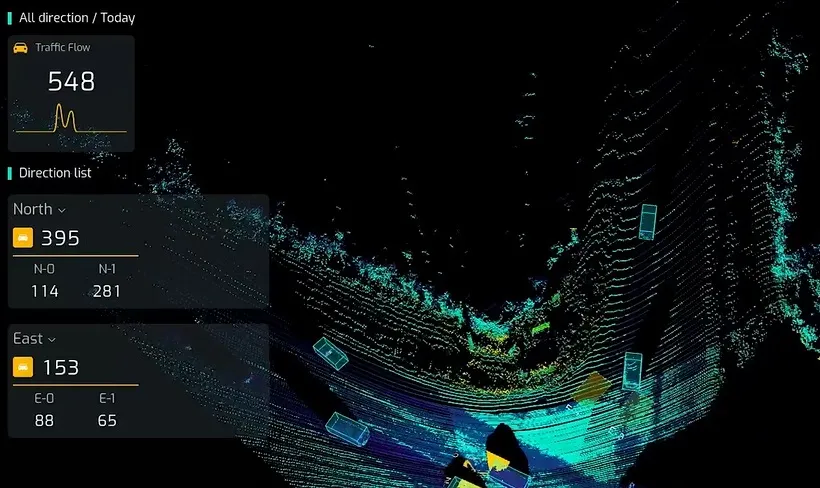The latest release of traffic signal controllers from US headquartered manufacturer and supplier of intelligent transportation systems, traffic control equipment and parking guidance solutions, McCain, effectively brings the open architecture, modular design, and advanced functionality of the Model 2070 controller platform to NEMA TS 1/TS 2 Type 2 and NEMA TS 2 Type 1 applications, says the company. Both the 2070EN1 NEMA controller and the 2070EN2 NEMA controller have been designed to fully comply with the
February 21, 2013
Read time: 2 mins
The latest release of traffic signal controllers from US headquartered manufacturer and supplier of intelligent transportation systems, traffic control equipment and parking guidance solutions, 772 McCain, effectively brings the open architecture, modular design, and advanced functionality of the Model 2070 controller platform to NEMA TS 1/TS 2 Type 2 and NEMA TS 2 Type 1 applications, says the company.
Both the 2070EN1 NEMA controller and the 2070EN2 NEMA controller have been designed to fully comply with the most current specifications from two leading transportation agencies; the923 California Department of Transportation (Caltrans) Transportation Electrical Equipment Specifications (TEES), and the 7174 National Electrical Manufacturers Association (NEMA) TS 2 standard.
Some of the advanced features that enhance the overall operability of the 2070EN1 and 2070EN2 controllers include: an integrated 4-port network switch that supports 10/100MBPS, 32MB of system memory and 4MB R2 drive for increased processing power, 32Mb datakey capacity, and two Ethernet ports.
“We recognise Caltrans and NEMA as national thought leaders in transportation,” said Nathan Welch, national sales manager at McCain Inc. “As such, we are pleased to provide customers with a product that effectively combines the best of both worlds.”
The two new traffic signal controllers will supersede the 2070LN1 and 2070LN2 equipment, although the company will continue to support legacy controllers to meet customer demand, providing users with a cost-effective means to upgrade to a more modern infrastructure without the need to replace cabinet hardware.
Both the 2070EN1 NEMA controller and the 2070EN2 NEMA controller have been designed to fully comply with the most current specifications from two leading transportation agencies; the
Some of the advanced features that enhance the overall operability of the 2070EN1 and 2070EN2 controllers include: an integrated 4-port network switch that supports 10/100MBPS, 32MB of system memory and 4MB R2 drive for increased processing power, 32Mb datakey capacity, and two Ethernet ports.
“We recognise Caltrans and NEMA as national thought leaders in transportation,” said Nathan Welch, national sales manager at McCain Inc. “As such, we are pleased to provide customers with a product that effectively combines the best of both worlds.”
The two new traffic signal controllers will supersede the 2070LN1 and 2070LN2 equipment, although the company will continue to support legacy controllers to meet customer demand, providing users with a cost-effective means to upgrade to a more modern infrastructure without the need to replace cabinet hardware.








